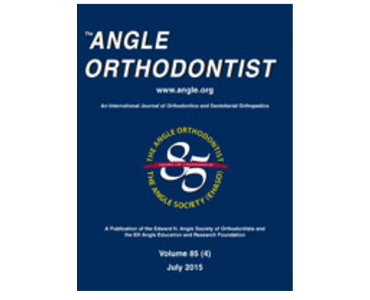Radiation-free 3D head shape and volume evaluation after endoscopically assisted strip craniectomy followed by helmet therapy for trigonocephaly. G de Jonga, M Tolhuisen, J Meulstee, F van der Heijden, E van Lindert, W Borstlap, T Maal, H Delye.
Date: February 2017 (Online). Source: Journal of Cranio-Maxillofacial Surgery. Introduction: Radiation-free 3D post-operative sequential follow-up in craniosynostosis is hindered by the lack of consistent markers restricting evaluation to subjective comparison. However, using the computed cranial focal point (CCFP), it is possible to perform correct sequential image superposition and objective evaluation. We used this technique for…








